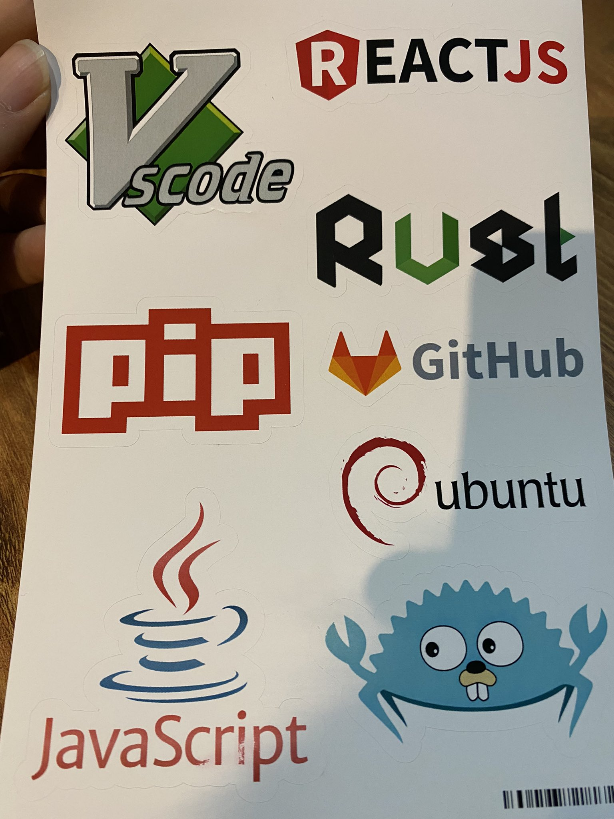
poVoq
Admin on the slrpnk.net Lemmy instance.
He/Him or what ever you feel like.
XMPP: povoq@slrpnk.net
Avatar is an image of a baby octopus.
- 6 Posts
- 467 Comments


I wondered about this before but apparently the Telegram client is terrible spaghetti code under the hood, making these kind of ideas not feasible.
You might like Monocles Chat though, which is an Android XMPP client with a somewhat nicer looking interface.
There is also the work in progress Moxxy client, which is a from ground up new XMPP client written in Flutter. It seems to take some interface inspiration from Telegram, but to be honest, it isn’t anywhere near to be fully usable and development has been slow in recent months.
Maybe this? https://theia-ide.org/
Its actually much easier to autostart containers with Podman, as it has full Systemd integration, so you can handle them like any other service. All you need to do is write a simple .container file for the Podman built-in Quadlet service, which closely follows the normal Systemd .service file syntax.
Gitlab’s main advantage is the tight integration with CI/CD and a web based IDE. But it has some annoying limitations in the non-enterprise version.
Forgejo is great, but it comes with only community support.
You can get commercial support from the Gitea project (from which Forgejo forked off), but if that is something important for you, Gitlab has probably also better commercial support structures in place.


??? The location and the file name of the certificates don’t change, so why would I have to do that?
On the contrary, before I disabled the certbot’s Nginx integration, every three months certbot would “manage” to break my Nginx and I had to manually repair it.
I think we are not talking about the same thing. I mean the Certbot extension that automatically modifies the Nginx config files. A telltale sign are usually the comments "#managed by certbot” that it likes to leave behind all over your config files.


You usually want less integration, not more. Simple self-contained things. Nginx is good at that. That’s also why you don’t want to use Nginx Proxy Manager or Certbot’s Nginx integration etc. It first looks like they make it easier, but there is too much hidden complexity under the hood.
Also, sooner or later you will run into some software that you would really like to try, which is only documented for Nginx and uses some sort of image caching or so, that is hard to replicate with Caddy etc.
Lets not forget https://www.ipfire.org/ which is also great.
Why would you start with such a complex and advanced tool when you are new to self-hosting?
Yeah, that was my first thought.
Probably driven by: then I can put that on my CV. But just playing around with that self-hosted is not going to give you any actionable skills.
Alternative explanation: Lemmy is big enough now for astroturfing 😑
This is a good guide: https://wiki.tnonline.net/w/Btrfs/Replacing_a_disk
Usually you want to replace drives before they fail (SMART monitoring will give you ample warning in most cases). The it is better to have an additional free SATA port to turn the failing raid temporarily into a three-way raid and use the btrfs built-in function to replace the disk in situ.
This is quite useful to self-host: https://github.com/RSS-Bridge/rss-bridge
Matrix needs fast storage, and a lot of it, even if you only use it for bridges. A RPi5 with a good amount of NVMe storage will probably work, but if you only want to use it for bridges I would rather recommend to set up an XMPP server with Slidge which gives you better clients and can run on a RPi4 easily.
https://github.com/lldap/lldap is a good alternative that’s easy to setup.
https://github.com/thomiceli/opengist
Does what you want except the auto-delete I think.

 English
English- •
- 5M
- •


- •
- www.vice.com
- •
- 2Y
- •




This is kinda the same idea but made for what you originally asked for: https://garagehq.deuxfleurs.fr/